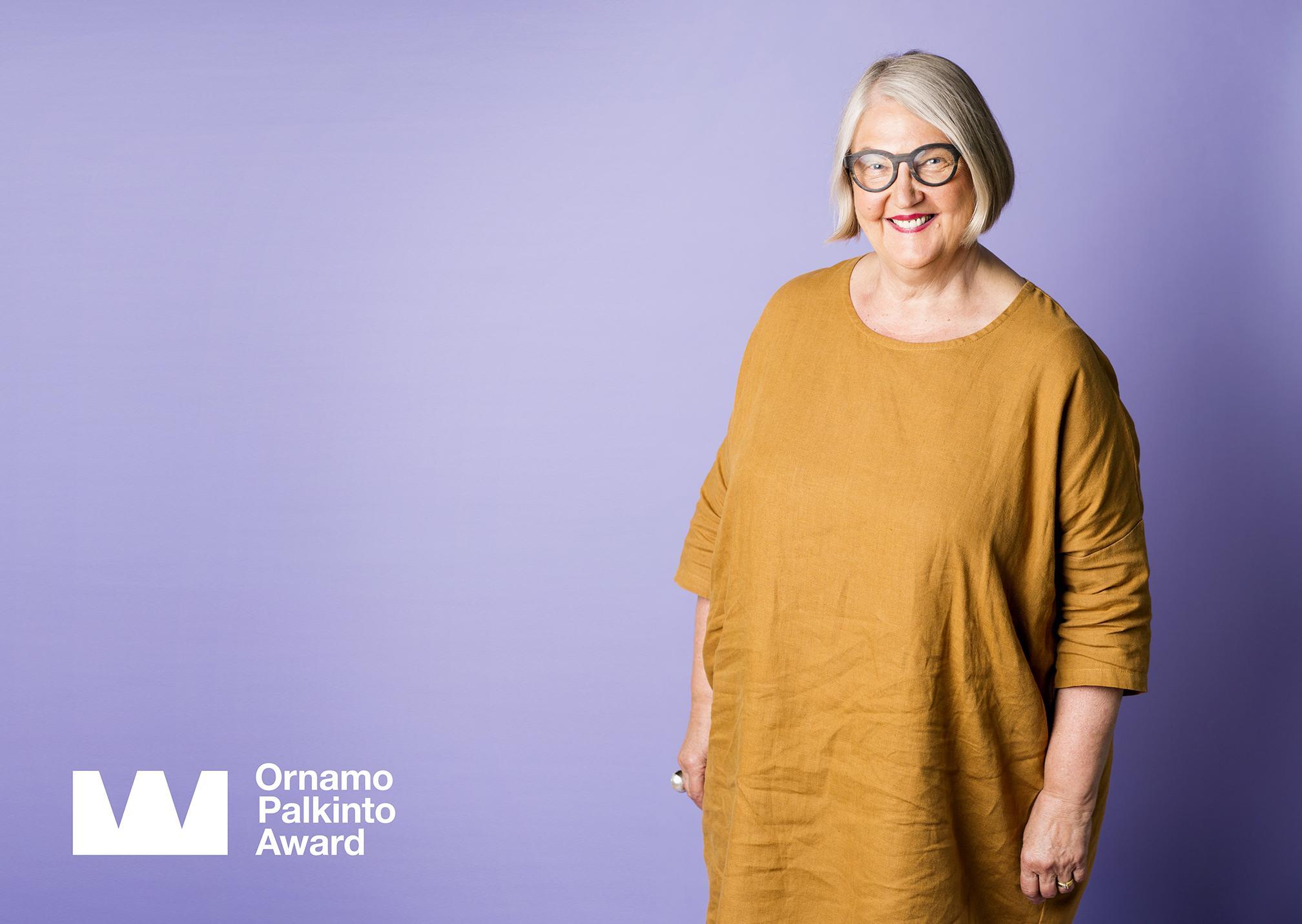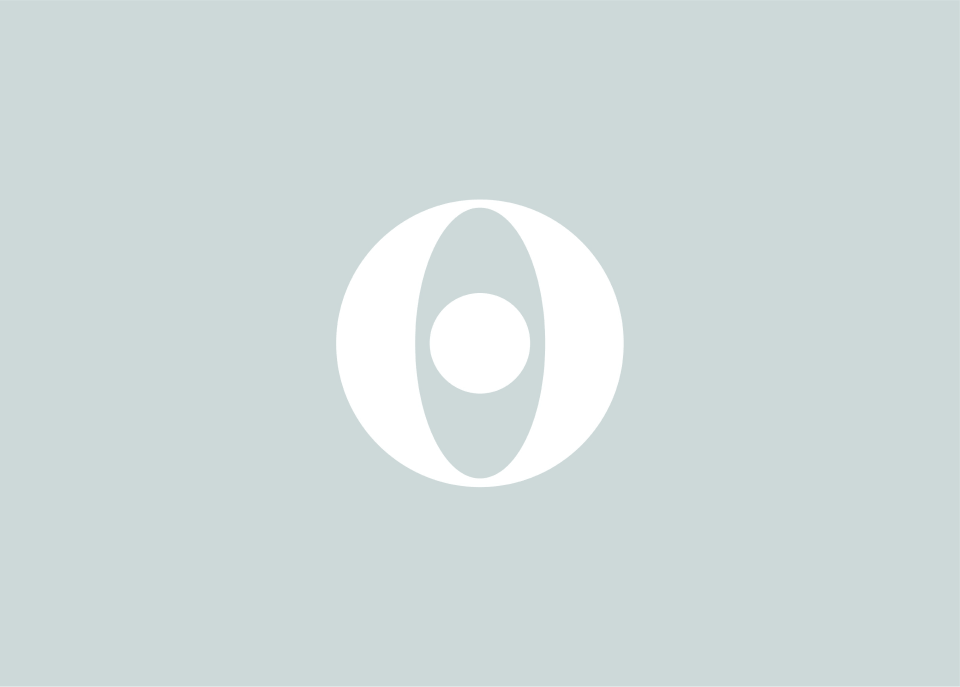Smart green walls and solar energy – industrial designer Ville Kokkonen makes use of the latest technology
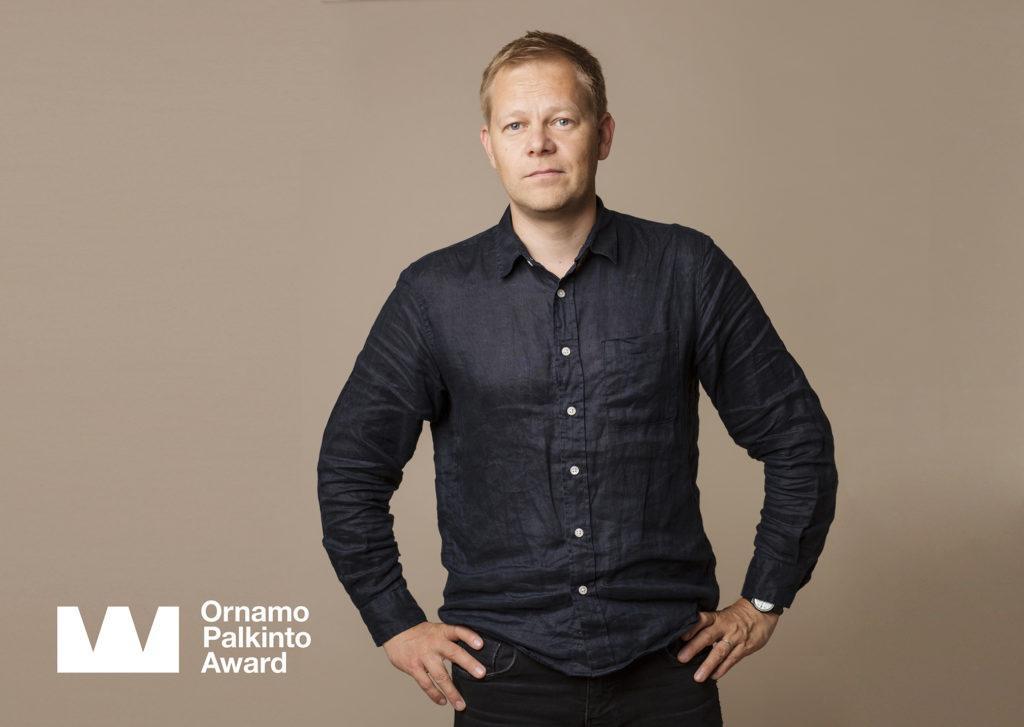
Ville Kokkonen is an industrial designer with an interest in scientific and technical development.
Ville Kokkonen (b. 1975) has just finished his three-year tenure as Professor of Design Practices at Aalto University. The university wanted someone with a business background to fill the chair and provide students with an insight into the realities of the corporate world.
The Finnish furniture industry has seen a gradual decline with only a handful of big manufacturers now remaining.
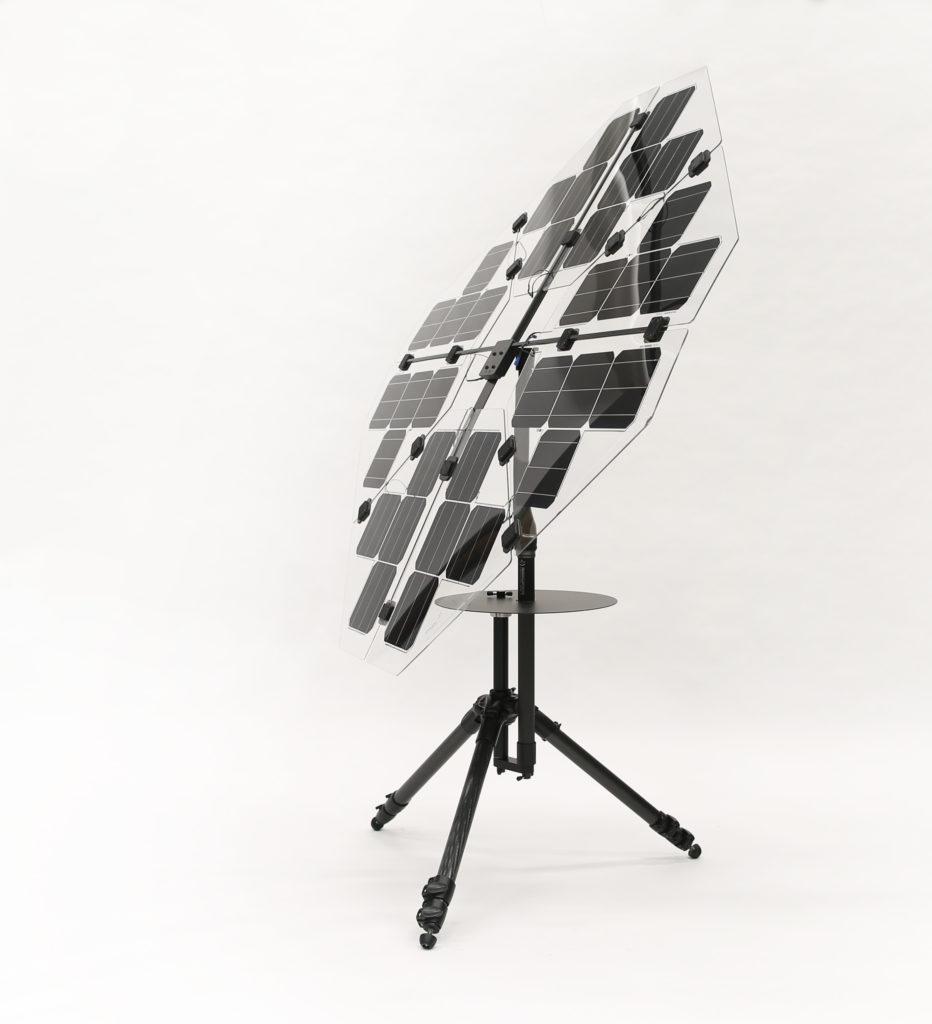
The foldable solar-collecting screen designed by Ville Kokkonen provides a handy tool for photographers and other professionals working in outdoor settings. Photo: Exel Composites.
“A company no longer needs to know everything about everything, because manufacturing, logistics and e-commerce can be outsourced to external partners,” says Kokkonen. The less-constrained start-up world and automation have invaded the scene, although the furniture industry is still essentially about wood and metal.
Information collected by smart devices about the behaviour and wellbeing of people is already being exploited to produce objects – a trend which Kokkonen expects to accelerate in the future. Take a chair, for example. “When you design something which carries the weight of a person for the majority of the day, physiological attributes need to be taken into account, not just aesthetics and comfort.”
Kokkonen has enjoyed teaching and meeting young talent. He will continue to teach part time at Aalto next semester, but his main occupation is now running his own design company. Kokkonen lives in a small village in the Swiss Alps and collaborates with his wife, architect Florencia Colombo, to create exhibitions. One such project was the 10,000 years of Design exhibition at the National Museum of Finland, which was conceptualised, curated and designed by Colombo and Kokkonen.
Kokkonen has also done academic research into product development. As a result, he always includes systematic data collection in his own product development processes.
Switzerland called, when Vitra bought Artek
In the 2000s, Kokkonen worked as Head of Design at Artek. He recalls his time at Artek fondly.
“Back then, Artek was in an interesting phase. We opened offices in New York, Tokyo and Berlin. Furniture companies had to become international to survive. Although Artek was small, things were looked at from a wide perspective. There was material research and collaboration between science and art. Various cultural projects preserved the values and history of the company. History was an endless source of inspiration because so much had been written about it.”
Kokkonen ended up in Switzerland when Vitra, a Swiss design company, acquired Artek and invited him to join their research and development team in Basel.
“I worked there for about a year but never moved to Basel. We first lived in Zurich and moved here three years ago,” Kokkonen explains over Skype from his home in the small Swiss village.
Much of his work is also conducted over Skype. Kokkonen tries to minimise travel, though he believes that sometimes it is better to meet people face to face. Virtual encounters and ways to improve them also interest him professionally.
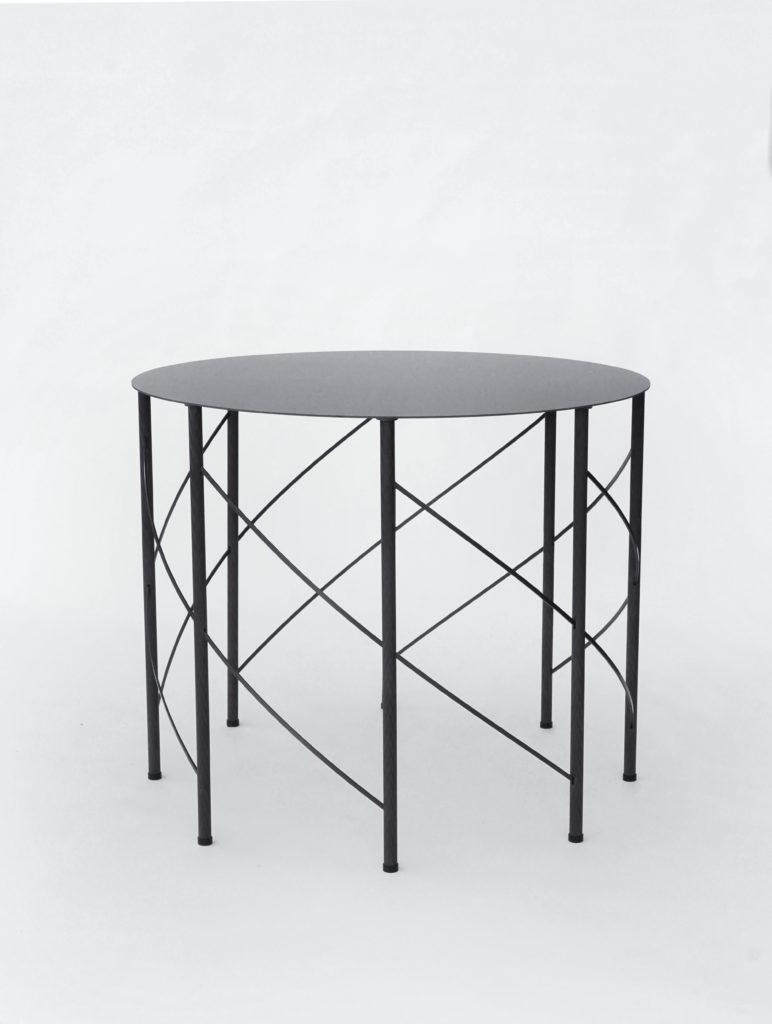
The side table is made of ultra-light carbon fibre profiles. Tension in the joints holds the structure together. Photo: Plusdesign Gallery, Milano.
The utilization of solar energy speeds up, as battery technology and cell technology evolve
At Vitra, Kokkonen became deeply acquainted with the world of office furniture. He characterizes Vitra as a highly technical company where quality control was driven by Swiss precision. The technicality of things interests Kokkonen, whose career has involved many product development projects. His designs include a foldable solar-collecting screen which can be used by, for example, photographers to charge their equipment, and a smart green wall designed to purify indoor air. The green wall was awarded the Fennia Prize, Finland’s leading design award, in 2017.
“It was a fascinating project. Green walls are 100% water and airtight vacuums, which are fitted with ‘lungs’ – sensors, water tanks and fans. They must also be as maintenance-free as possible. The design needs to be functional and invisible apart from the plants,” explains Kokkonen.
The green walls are manufactured by Jyväskylä-based Naava, which wanted an outside expert to help with the design.
“One of the two founders, Niko Järvinen, has an interest in biotechnology. It was a project I could never have done alone. We are currently developing a new product. Biocomponents are now hidden, which makes designing that much harder.”
Kokkonen sees great potential in solar energy use.
“In this respect, Central European countries are way ahead of Finland, which is, of course, understandable due to the long winters and short days for solar energy collection.” The main commercial constraints relate to battery technology, but the growing popularity of electric cars will hopefully speed things up.
“Cell technology is constantly evolving. In Switzerland, I work with a company that is a pioneer in the use of cells in façade panels and on roofs. Many of the local houses have a brick roof, and this company has developed a cell that blends into it perfectly.”
Kokkonen is able to follow the latest scientific and technological trends
Kokkonen originally contemplated studying architecture or graphic design. In the beginning of his studies in Canada he saw what industrial designers do.
“The classroom was filled with miniatures and one-to-one models. That world seemed really fascinating,” explains Kokkonen, who is also interested in traditional objects with a rich handicraft history. There is much to learn from old techniques. Some things simply cannot be done with automation and robotics.
Right now, Kokkonen is happy where he is.
“I’m working on a light fitting for an Austrian company and the project involves classic typology: I’m designing a pendant but the glass company specializes in optics. The end product will include the latest LED technology but also be something that people will look at. I have been able to hold on to the traditional industrial design office practice of working in different sectors, even though in today’s world, it is good to specialize in something. I can keep an eye on the latest scientific and technological trends and use those in my projects,” Kokkonen says.
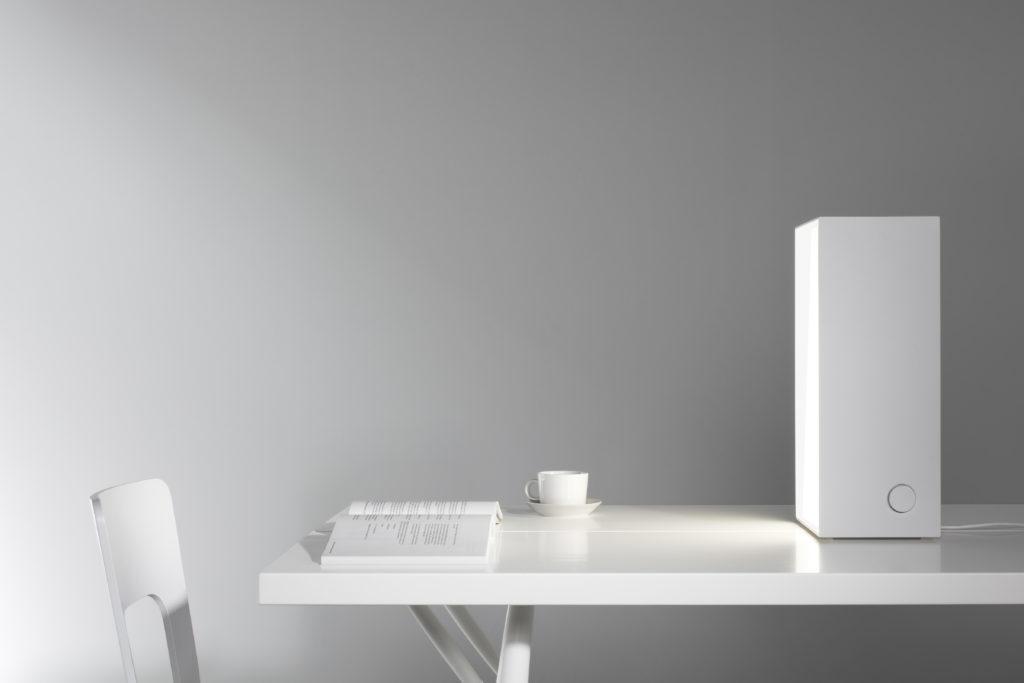
The White Light collection, designed for Artek, has received multiple awards. Photo: Tuomas Uusheimo.

